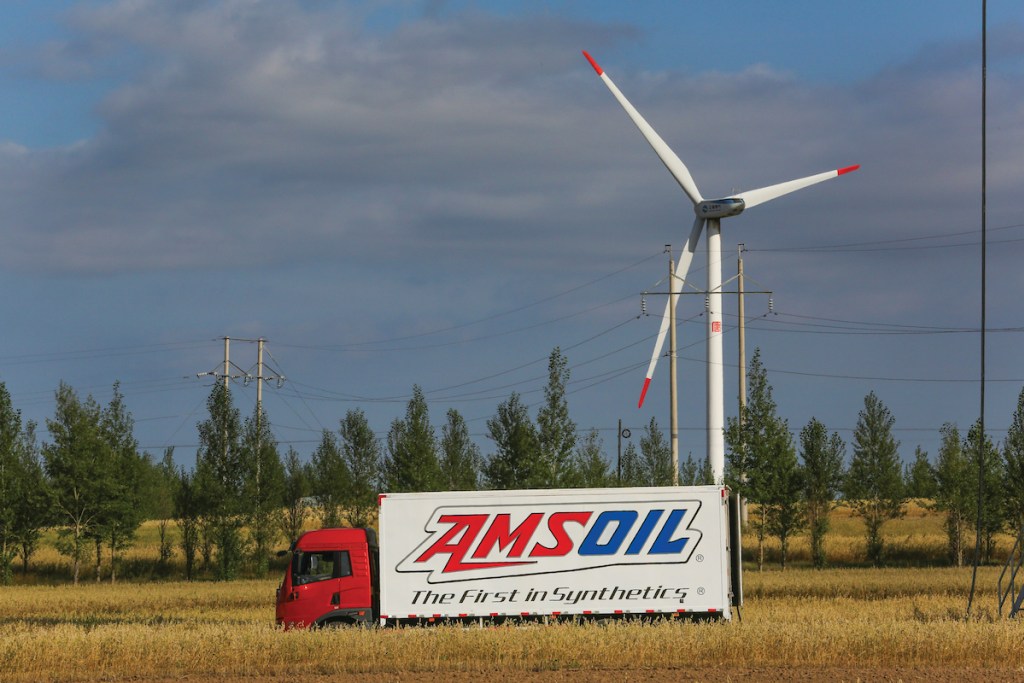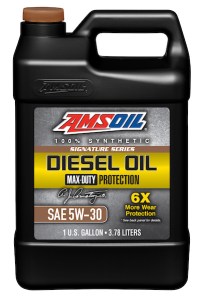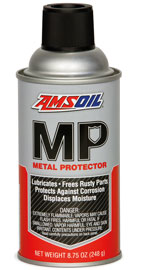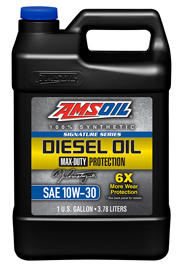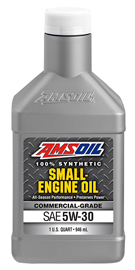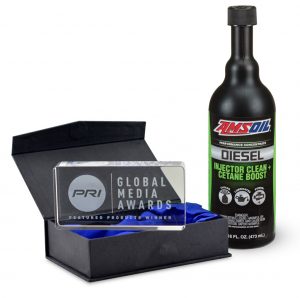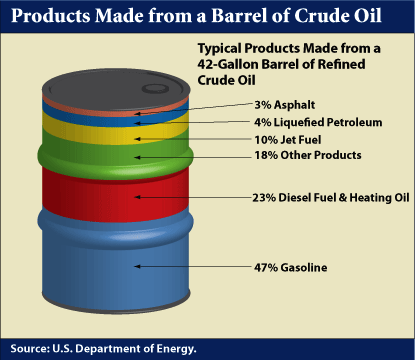2019 Year in Review: AMSOIL Company News
Editor Note: – This is being posted late but that’s alright as AMSOIL’s year starts now in August when things really get started for us – Summer maintenance and in northern climates not far is the season to wrap things up for winter.
As we near the end of yet another decade, we here at AMSOIL are reflecting upon a year of product development, corporate partnerships and the promise of continued success as we head into 2020.
Take a walk down memory lane with us in this installment of the 2019 AMSOIL Year in Review: Product & Company News.
January
We kicked off the year with further immersion into the wind-turbine market.
AMSOIL products are now installed in nearly 50 percent of all wind turbines in the U.S. along with more in Europe, China, India, Brazil and others. This initiative further validates the protection and performance of AMSOIL lubricants in the most demanding operating conditions.
Several manufacturers now use AMSOIL as their OEM factory fill.
AMSOIL Diesel Injector Clean + Cetane Boost launched, offering diesel owners a convenient option to protect their fuel systems.
This new product combines superior detergency and improved lubricity while increasing horsepower and cetane up to 8 points. Oh, and it won a prestigious award before the end of the year, too. More on that below.
February Updates
AMSOIL Signature Series 5W-30 Max-Duty Synthetic Diesel Oil gets an update.
This top-tier oil represents one of the most versatile products in the AMSOIL lineup by meeting the latest diesel and gasoline specifications including API CK-4 and API SN PLUS.
It features the combined wear protection benefits of a 15W-40 with the fuel economy benefits of a 5W-30.
March Addition
AMSOIL MP Metal Protector becomes even more convenient with the addition of 4-ounce aerosol packaging.
This product is truly a jack-of-all-trades for almost any application. Find ideas here and keep this one in mind for stocking suffers next year.
April in New Packaging
The award-winning AMSOIL easy-pack expands into the powersports market with the addition of AMSOIL ATV/UTV Transmission & Differential Fluid and AMSOIL Synthetic 75W-90 Marine Gear Lube.
May- more EZ Packs!
Five more easy-pack offerings make their way into the AMSOIL lineup, reducing mess, waste and frustration for even more applications.
AMSOIL Signature Series Multi-Vehicle Synthetic ATF
AMSOIL Signature Series Fuel-Efficient Synthetic ATF
AMSOIL Manual Transmission & Transaxle Gear Lube 75W-90
AMSOIL SEVERE GEAR® Synthetic 75W-110 Gear Lube
AMSOIL SEVERE GEAR® Synthetic 80W-90 Gear Lube
June – 10W-30 Breakthrough
AMSOIL introduces new Signature Series Max-Duty 10W-30 Synthetic Diesel Oil.
In store here in Sioux Falls it’s become a hit!! Available at Stan Houston’s too.
It delivers excellent viscosity control, extended drain intervals and 6X better wear protection than required by the Detroit Diesel DD13 Scuffing Test for Specification DFS93K222.
That’s very techy, we know, but it means we exceed the highest standards.
July
AMSOIL revamps its powersports Product Guides, making up one of just two such guides available in the industry.
Due to the high level of research and maintenance such guides require, most lubricant and filter companies take a hard pass on offering this kind of tool.
The AMSOIL Product Guides deliver recommendations for more than 225 different equipment brands and nearly 180,000 components across all spectrums of the powersports industry.
Whatever your application, if you’re in need of an AMSOIL product recommendation, find it here.
October
The 2019 AMSOIL Direct Jobber Convention takes place in Scottsdale, Ariz.
AMSOIL President & CEO Alan Amatuzio and other corporate staff mingled with AMSOIL Direct Jobbers for training, networking and an Arizona luau topped off with a fireworks display. Good times were had by all with attendees gaining invaluable knowledge and motivation to grow their AMSOIL businesses.
Find out if becoming an AMSOIL Dealer is right for you.
AMSOIL 5W-30 Synthetic Small Engine Oil hit the market to round out the small-engine-oil family.
Recommended primarily for snowblowers and generators, this was a welcome addition for those who need their equipment to perform in extreme temperatures and conditions.
AMSOIL Upper Cylinder Lubricant came right out of the gate ahead of the competition.
This premium gasoline fuel additive delivers 18 percent more lubricity than Lucas* and 20 percent more than Sea Foam* for better retention of horsepower and fuel economy¹.
¹Based on independent testing of AMSOIL Upper Cylinder Lubricant, Lucas Upper Cylinder Lubricant and Sea Foam Motor Treatment obtained on 02/13/2019 using the ASTM D6079 modified for use with gasoline.
(Do fuel additives work? Find out here.)
December
Closing out the year was a win for AMSOIL Diesel Injector Clean + Cetane Boost at the 2019 Performance Racing Industry (PRI) Show in Indianapolis, Ind.
Selected as one of the winning products from more than 500 entries, Indian journalist Aatish Mishra of Motor Sport India Magazine chose this product with the following sentiments in mind:
“Diesel passenger cars are immensely popular in India, and a lot of enthusiasts like to tune up their diesel-engine cars,” said Mishra of his selection. “A product like what AMSOIL has showcased would go down well with this group of people. It would provide them better quality fuel and allow their cars to run better.”
This covers the notable company and product highlights from the final year of the decade, and what a great one it was.
Stay tuned for a recap of our exciting racing and event highlights from our resident expert, Race & Events Coordinator Lindsay Premo.
See you in 2020!

